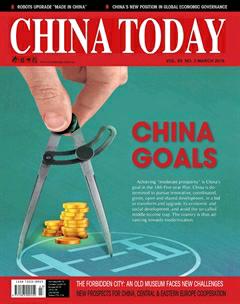Beijing: China’s IrresistibleFashion Capital
By staff reporter ZHANG LI
Beijing: China’s IrresistibleFashion Capital
By staff reporter ZHANG LI
AS China’s political and economic center, the
capital city Beijing is the scenario of both a melding of Chinese and foreign cultures and of cutting-edge fashion. Here we see ancient architectural edifices as well as modern landmark constructions such as the Bird’s Nest, the Water Cube and the National Theater for the Performing Arts.
The arts are another facet of Beijing. Many events such as fashion weeks, film festivals and top-level sports attractions feature across the city, throughout the year. World-famous brands are opening branches in Beijing, syncing the city with the U.S. and Europe in terms of the latest fashions.
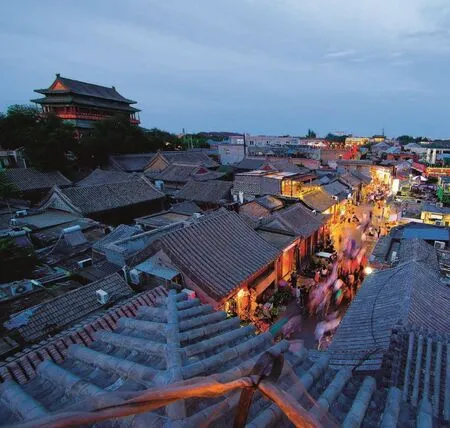
Locals and visitors gather for a lively evening in bustling Shichahai district.
Beijing Fashion
The vitality of a city’s bars is closely indexed to its fashion. Here in Beijing there are bars of different styles where people enjoy Beijing’s scintillating nightlife. The popular Sanlitun area adjoins foreign embassies to China. Sanlitun Bar Street used to be a symbol of the “nightlife economy” in Beijing. The fashion trends here have long been pursued and emulated by white-collar employees and young people who seek the offbeat and innovative.
Solana Lifestyle Shopping Park, encompassing shopping, dining and recreation, is four km from Sanlitun. There is a bar street in the area that faces the northwest shores of the lake in Chaoyang Park. It is pleasant to sit at an outdoor table by the lake and feel the gentle breeze on a sunny afternoon.
Houhai district is another famous must-see bar street. Houhai (literally meaning “Back Lake”), is part of Shichahai, composed of three lakes, namely Qianhai (Front Lake), Houhai, and Xihai (Western Lake). Shichahai has been a bustling commercial district since the Yuan Dynasty. It was then the destination of waterways transporting grain to the capital, thus earning itself the name “Beijing’s an-cient pier.” The restaurants, pubs and shops near the pier have long witnessed thriving commerce. The courtyard houses, hutong (traditional narrow alleys), as well as the old Beijing ways of life have all been preserved here. Some of the courtyard houses along the alleys are former residences of famous personages.
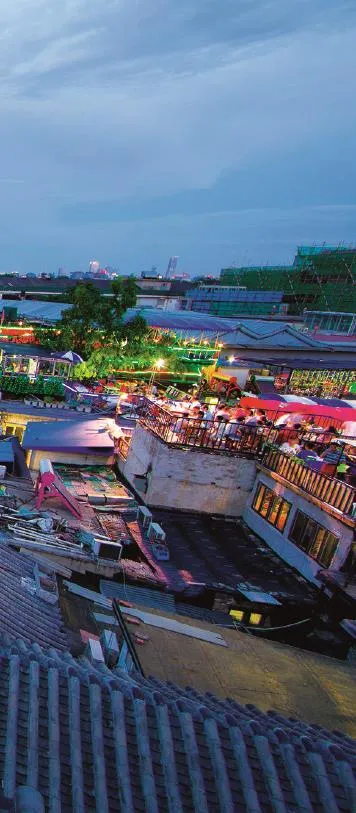
Most bars in Houhai are small. As they have been rebuilt from parts of old courtyard houses, they closely connect with each other. Many young people love barhopping here. Motor vehicles are not allowed, so visitors walk or take a boat to appreciate the scenery, which is especially dazzling on summer evenings. With the bright moon above and the gentle breeze kissing one’s face, one can hear pleasant strains of wafting music played on traditional Chinese string instruments such as the erhu and pipa. Compared to modern, bustling Sanlitun, Houhai has preserved its more serene and traditional style. It is pleasant to spend the evening with friends in the bars here, sitting outside or by a window, sipping a glass of wine and taking in the lakeside view.
As a center for various international exchanges, Beijing sees a large number of international cultural, arts and sports events, ranging from film,
The Most Internationally Influential Events in Beijing
China Fashion Week:
Originating in 1997, China Fashion Week is held in Beijing twice a year (the spring-summer collection in March, the autumn-winter collection in October). Through 18 years of development and innovation, it has evolved into a top-level platform showcasing new designs, new products and new technology related to fashion, ready-to-wear clothing, accessories, and handbags and suitcases, including an internationalized service platform for locally and internationally famous brands and designers to promote their reputations and designs. To date, over 460 brands from countries including China, Japan, South Korea, France, Italy, and the United States have held fashion shows during China Fashion Week.
Beijing International Film Festival:
Initiated in 2011, the Beijing International Film Festival (BIFF) is held every April and has become an annual fete for moviegoers in Beijing. The BIFF Tiantan Awards include 10 categories – Best Feature Film, Best Director, Best Actor, Best Actress, Best Supporting Actor, Best Supporting Actress, Best Screenplay, Best Cinematography, Best Music, and Best Visual Effects. During the 2016 Film Festival, over 300 Chinese and foreign commercial and art films will be screened at dozens of cinemas in Beijing.
The Meet in Beijing Arts Festival:
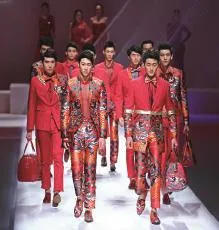
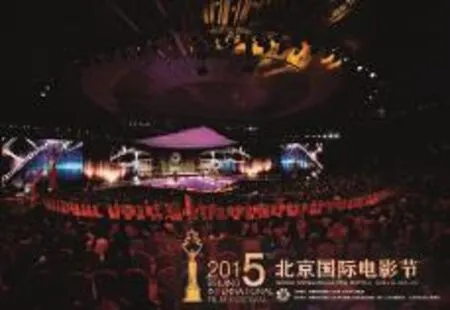
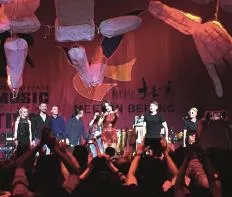
Inaugurated in 2000, the Meet in Beijing Arts Festival is a national-level, large-scale international arts festival, as well as the largest spring arts festival in Asia. Every April, artists from around the world are invited to Beijing for a grand artistic gala. It consists of theater performances, outdoor events, art exhibitions and professional workshops, featuring a different theme each year. For the past few years, the festival has provided a stage for over 1,000 troupes and about 30,000 artists and performers from 115 countries and regions.music, fashion design, and paintings, to sports activities such as tennis, car racing, and equestrianism. The Fondation Louis Vuitton, which attracts a large number of fashion, art and architecture lovers, held its first traveling exhibition in Beijing in 2015. It included a display of models and sketches of the Fondation Louis Vuitton building designed by Frank Gehry. Annual events such as the China Open (tennis), Equestrian Beijing Masters, and China Fashion Week attract not only celebrities and stars, but also various top brands, whose participation makes each event a fashion fest. Such features make Beijing more internationally influential, turning the city into a window for global cultural exchanges and a platform for interactive fashion resources.
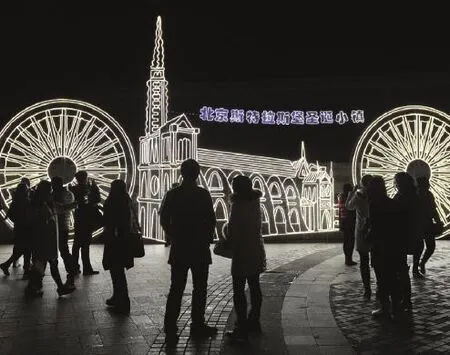
Visitors enjoy spectacular illuminations at the 8th Lights Festival in Beijing’s Solana Lifestyle Shopping Park.
Major Theaters in Beijing

China National Center for the Performing Arts (CNCPA):
Located immediately west of Tiananmen Square, the CNCPA is the largest theater complex in Asia. It features a novel exterior design featuring cutting-edge and distinctive ideas, representing a combination of tradition and modernity, romance and realism.
The edifice resembles a drop of water, surrounded by an artificial lake. A water circulation system has been adopted to keep the water clean with specialized technology that prevents the water from freezing in winter amd forming algae in summer.
It has four performance halls for various performances including opera, dance, ballet, and largescale galas. The four independent halls are connected via corridors. Visitors to the CNCPA will be able to appreciate this architectural wonder, as well as its wide range of performances. During the opera season from April to July each year, visitors can also enjoy wonderful operas in this public space.
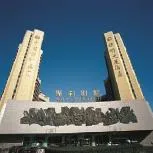
The Poly Theater:
The Poly Theater in Beijing is both a theater and a haven for diverse arts. Sitting by the East Second Ring Road near Dongsishitiao subway station, it is one of the key venues in Beijing for major performances. For six consecutive years it has served as a major stage for the Beijing Music Festival. It has also been the setting of many famous domestic and foreign dramas and operas. The theater has 1,428 seats. The mechanized stage is computer-controlled and capable of holding large-scale operas, symphonies, ballets, and musicals.
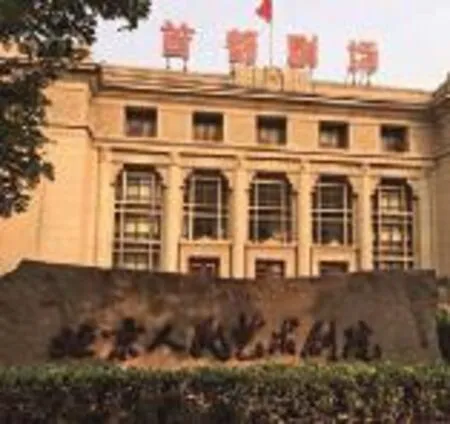
Beijing Capital Theater:
Located at the north end of busy Wangfujing Street, the theater is affiliated with the Beijing People’s Art Theater, a professional theater company with a history of over 60 years and a distinctive performance style. The company is based in the Capital Theater, one of the best for drama in China in terms of scale and facilities. The theater was built in 1954 and is commended as an excellent architectural design by the Architectural Society of China. It often holds Chinese drama performances and experimental plays, welcoming as many as 240,000 viewers every year.
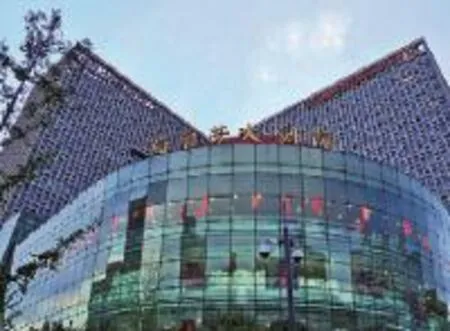
Mei Lanfang Grand Theater:
Located by the West Second Ring Road, the theater is named after Peking Opera master Mei Lanfang (1894-1961). Its modern construction represents a perfect combination of traditional elements and modern art. The building has a transparent glass exterior, through which visitors outside see a red wall, a symbol of the Chinese imperial palace. In the evening, it resembles a shining red crystal. The theater, affiliated with the China National Peking Opera Company, has 980 seats. Besides Peking Opera, this theater also stages other forms of opera, dramas, dance, and concerts.
Culture and Arts in Beijing
Some say that Beijing is a magnet for people who love culture and the arts. Exhibition halls, art galleries, and former residences of renowned historical figures are scattered all over the city. Various exhibitions cover a wide range, including calligraphy and painting, sculpture, installation art, culturalrelics, intangible cultural heritages, and jewelry, across the city all year round. Theaters and music halls offer diverse performances and shows to suit different cultural and artistic tastes.
Artistic communities have come into being and gained popularity in Beijing in recent years. With their different features they attract artists of diverse styles. As artists draw greater local attention, the tranquility of those areas has been marred by commercialization.
Northeastern Beijing has become a cradle for many artistic communities. Besides the renowned 798 Art Zone, there is the Huantie Art Community, Caochangdi Arts and Cultural Hub, Feijiacun Artist Village, and Art Base 1.
As the 798 Art Zone becomes increasingly crowded and expensive, the Huantie Art Community, not far from 798 and at lower rents, has been developing into a 798 “satellite city.” Self-supporting artists live and create their works in Huantie, and sell them at 798. The growing numbers of upcoming artists have turned the Huantie enclave into a new artistic hotbed. Compared to 798, which is a relatively completed area developed from abandoned factory buildings, the Caochangdi Arts and Cultural Hub is more relaxed and adaptable, and not delimited by specific boundaries.
The Songzhuang Art Colony, located in Xiaopu Village in Songzhuang Town of Beijing’s Tongzhou District, is the biggest art community in China. In 1994, a group of young artists settled here, earning the area a reputation as an artists’ village. Over the following years, the village has gradually developed into an art community replete with artists, galleries, critics, and agents. Its intense artistic atmosphere now attracts other artists like photographers, independent producers, musicians, and freelance writers. Its displays include various forms of arts such as oil paintings, sculptures and new media arts.
Beijing also presents various types of performances and shows every year. There are 135 venues in Beijing for ticketed performances. In 2015, a total of 24,238 performances were staged in the city. They included elegant opera and dance, popular entertainment such as crosstalk and Chinese skits, symphony, chamber and folk music, and dramas and children’s theater. People with different interests and of different ages can all find their favorite performance art in Beijing.
In the past few years, more and more foreign artistic troupes have come to stage shows in Beijing. Audiences in the city have had the chance to enjoy a wide variety of visual and auditory feasts including Dionysus by Japanese drama master Tadashi Suzuki, Village by the Israeli Gersher Theater, and Andrew Lloyd Webber’s The Phantom of the Opera. After experiencing local folk customs and tasting various local delicacies, visitors to Beijing have a broad scope of fine shows to complete their Beijing sojourn.
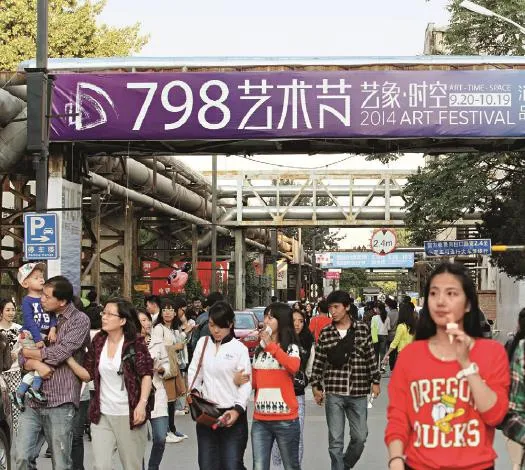
Hordes of art lovers converge on October 2, 2014 at Beijing’s 798 Art Festival.
As a matter of fact, everybody has different impressions of Beijing. One can experience history along the red walls topped with yellow glazed tiles and other historic structures; appreciate with friends the courtyards of the old hutong; or weather the cold winds on the Great Wall. One can also keep abreast of the fashions current in the bustling capital.
Beijing is an inclusive city which it is impossible to completely describe in just one article. Although I have lived in Beijing for over 10 years, I cannot claim I completely understand all the charms of the city. Yet I know Beijing can offer visitors everchanging experiences and wonderful memories.C
Tips for Foreign Tourists:
Visa-free Transit: Visitors with valid passports issued by any one of 51 designated countries do not require a visa when transiting through Beijing Capital International Airport for stays of up to 72 hours. However, visitors to Beijing must depart from the capital after their short tour of the city.
Tax Refund Policy: Beijing offers tax refunds on purchases made by overseas visitors when they depart from China. Overseas tourists, as well as those from Hong Kong, Macao and Taiwan, who have lived on the Chinese mainland for no more than 183 days, are eligible for an 11 percent rebate on consumer goods bought at designated stores. The minimum purchase amount for obtaining a tax refund is RMB 500 at a single store in one day. The time period between departure date and purchase date must not exceed 90 days.

